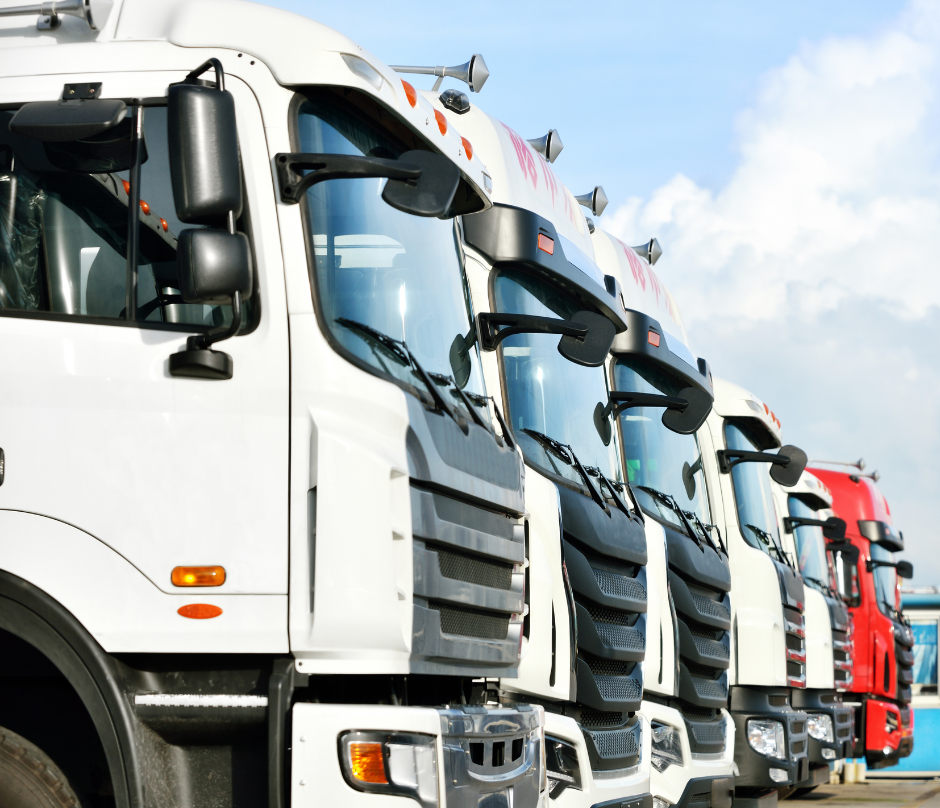The jake brake is an additional and extremely valuable feature available to truck drivers. Its primary function is to reduce the speed of a large rig when operating in certain conditions.
It is intended to serve in a different capacity than the service brakes. The power supplied by the diesel engine itself is what allows it to function. The truck’s speed is reduced by employing the same force that drives it forward in the first place.
On highways with more unstable surface conditions, such as those covered in snow, some drivers use a jake brake instead of their standard brakes. This has been and continues to be a debated topic among truck drivers throughout its existence.
Jake Brake Application Guide For Truck Drivers
- It is not advisable to use a jake brake in particularly icy or slippery conditions.
- By making effective use of the jake in mountainous terrain, the lifespan of the truck’s brake shoes can be increased by many years. In addition, it will lessen the wear and tear on the tires.
- We advise running the jake between 1100 and 1400 rpm’s, which is the shifting range. It will undoubtedly function at higher rpm, but the motor may eventually suffer.
- Position 3 is the strongest and most frequently used. Positions 1 and 2 are utilized when the road conditions are poor.
- When driving on dry roads, the driver of the truck has the option of applying the engine brake whenever they need to reduce the speed of the vehicle. In everyday situations, they are an excellent tool to have available.
- By leaving the top of the grade too quickly, the engine brake can prevent brake fires brought on by an overreliance on the brake pedal.
- When shifting gears, please avoid using the jake since it could cause the engine to stall.
- Jakes typically make a lot of noise. Noise ordinances prohibit the use of this device in numerous communities. However, there are situations when the driver must use it for safety reasons, which should precede a noise ordinance.
- A straight line must be maintained between your truck and trailer. At corners, avoid using it.

Some drivers turn on the jake switch when they start the truck in the morning and leave it on all day. Only use a jake brake as necessary. The jake conflicts with shifting when you don’t use the clutch because it would engage in the middle of your shift.
There will be signs that say “NO JAKE SIGNS” displayed all over the place, indicating that the usage of the jake brake is prohibited. They produce a deafening, loud boom that can be highly distressing to people living near major highways because of the proximity of the motorways to their homes.
When they see signs that say ‘Do Not Use Jake Brake,’ ‘No Engine Brake,’ or ‘No Jake Brake,’ many truck drivers get a little flutter in their chest. Residents who live close to roads and interstates are frequently annoyed by the loud sounds of large trucks’ engine brakes as these vehicles travel down steep slopes and hills.



